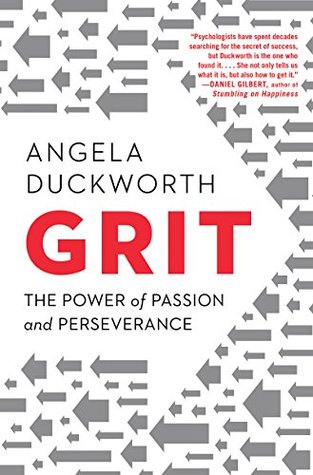More on this book
Community
Kindle Notes & Highlights
There’s an old Japanese saying: Fall seven, rise eight. If I were ever to get a tattoo, I’d get these four simple words indelibly inked. What is hope?
When Brent Roberts was a psychology graduate student at Berkeley, the prevailing view was that, after childhood, personalities are more or less “set like plaster.” Brent and other personality researchers have since collected enough longitudinal data—following, literally, thousands of people across years and decades—to show that personalities do, in fact, change after childhood.
In our family, we live by the Hard Thing Rule. It has three parts. The first is that everyone—including Mom and Dad—has to do a hard thing. A hard thing is something that requires daily deliberate practice. I’ve told my kids that psychological research is my hard thing, but I also practice yoga. Dad tries to get better and better at being a real estate developer; he does the same with running. My oldest daughter, Amanda, has chosen playing the piano as her hard thing. She did ballet for years, but later quit. So did Lucy. This brings me to the second part of the Hard Thing Rule: You can quit.
...more
And, finally, the Hard Thing Rule states that you get to pick your hard thing. Nobody picks it for you because, after all, it would make no sense to do a hard thing you’re not even vaguely interested in. Even the decision to try ballet came after a discussion of various other classes my daughters could have chosen instead.
“Compete comes from the Latin,” explains Mike Gervais, the competitive-surfer-turned-sports-psychologist who is one of Pete’s partners in culture building. “Quite literally, it means strive together. It doesn’t have anything in its origins about another person losing.”


